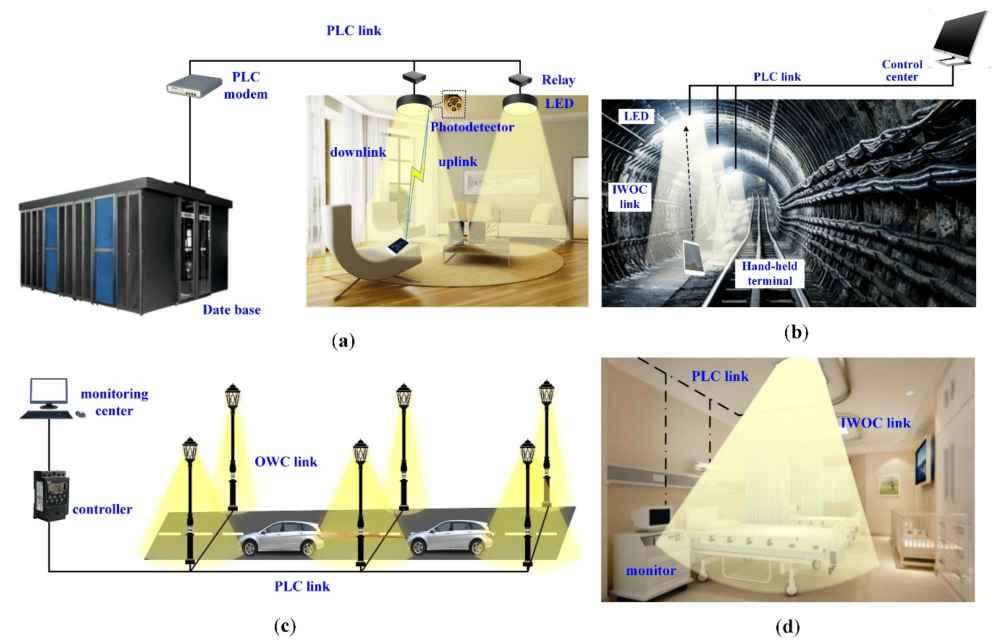A groundbreaking study led by researchers from the University of St Andrews and the University of Cologne has unveiled a remarkable new device platform that could transform the landscape of clinical health care. Their innovative approach involves integrating organic light-emitting diodesonto “acoustic antennas,” paving the way for smaller wireless light sources that can be placed within the human body.
Published in the prestigious journal Science Advances, the research introduces a novel concept with immense potential for minimally invasive treatments and enhanced understanding of diseases that currently require bulky implantable devices. Traditional biomedical implants, such as cochlear implants and cardiac pacemakers, have already revolutionized health care by restoring functionality and alleviating symptoms of various conditions. However, the integration of OLEDs onto acoustic antennas represents a significant leap forward in biomedical engineering.
Professor Malte Gather, from the School of Physics and Astronomy at the University of St Andrews, elucidates the innovative approach: “We have exploited this property to deposit OLEDs directly on the acoustic antenna, thus merging the unique properties of both platforms into a single, extremely compact device.”
Unlike traditional antennas, acoustic antennas can be remarkably small, making them ideal for harvesting energy from low-frequency electromagnetic fields. The wireless light-emitting devices developed in this study operate at sub-megahertz frequencies, enabling them to penetrate tissues with minimal absorption. This opens up exciting possibilities for optical stimulation as an alternative to electrical stimulation, offering greater precision and cell-selectivity in therapeutic interventions.
Julian Butscher, lead researcher and Ph.D. candidate, highlights the transformative potential of these wireless light sources: “The ideal stimulator would consist of tiny, distributed devices, which could be powered and read wirelessly centimeters inside the body, eliminating the need for wires into and through the body altogether.”
Central to the functionality of these devices is the ability to operate multiple light sources independently, allowing for precise and targeted stimulation of different areas within the body. By tuning the operation frequency of acoustic antennas, researchers can control the activation of individual light bulbs, enabling tailored treatment strategies for various neurological disorders and other medical conditions.
The implications of this research are far-reaching, promising to revolutionize clinical health care by providing safer, more effective, and minimally invasive treatment options. As the field of biomedical engineering continues to evolve, the integration of wireless light sources into implantable devices holds immense potential for improving patient outcomes and enhancing our understanding of complex diseases.
